Imagine walking through the heavy wooden doors of a 500-year-old stone castle and realizing you’re completely alone. That’s exactly what happened to me last summer when I booked an overnight stay at a medieval fortress in the Scottish countryside. The echo of my footsteps against the ancient stone floors created an eerie soundtrack as I explored each tower and chamber.
Having an entire castle to yourself offers a rare glimpse into history that typical tourist experiences simply can’t match. Without crowds or tour guides rushing you along, you can truly appreciate the small details. Worn steps from centuries of use, arrow slits positioned for defense, and the clever design that kept inhabitants safe from invaders are just a few examples.
I spent hours just sitting in the great hall, imagining the feasts and celebrations that once filled the space with laughter and music.
The experience wasn’t without its challenges. Medieval castles weren’t built for comfort, and even in summer, the stone walls kept the interior surprisingly chilly. I was glad I’d packed extra layers, just as medieval residents would have bundled up against the drafts. If you’re planning your own castle adventure, bring warm clothes, a good flashlight, and an open imagination—you’ll need all three to truly appreciate stepping back in time.
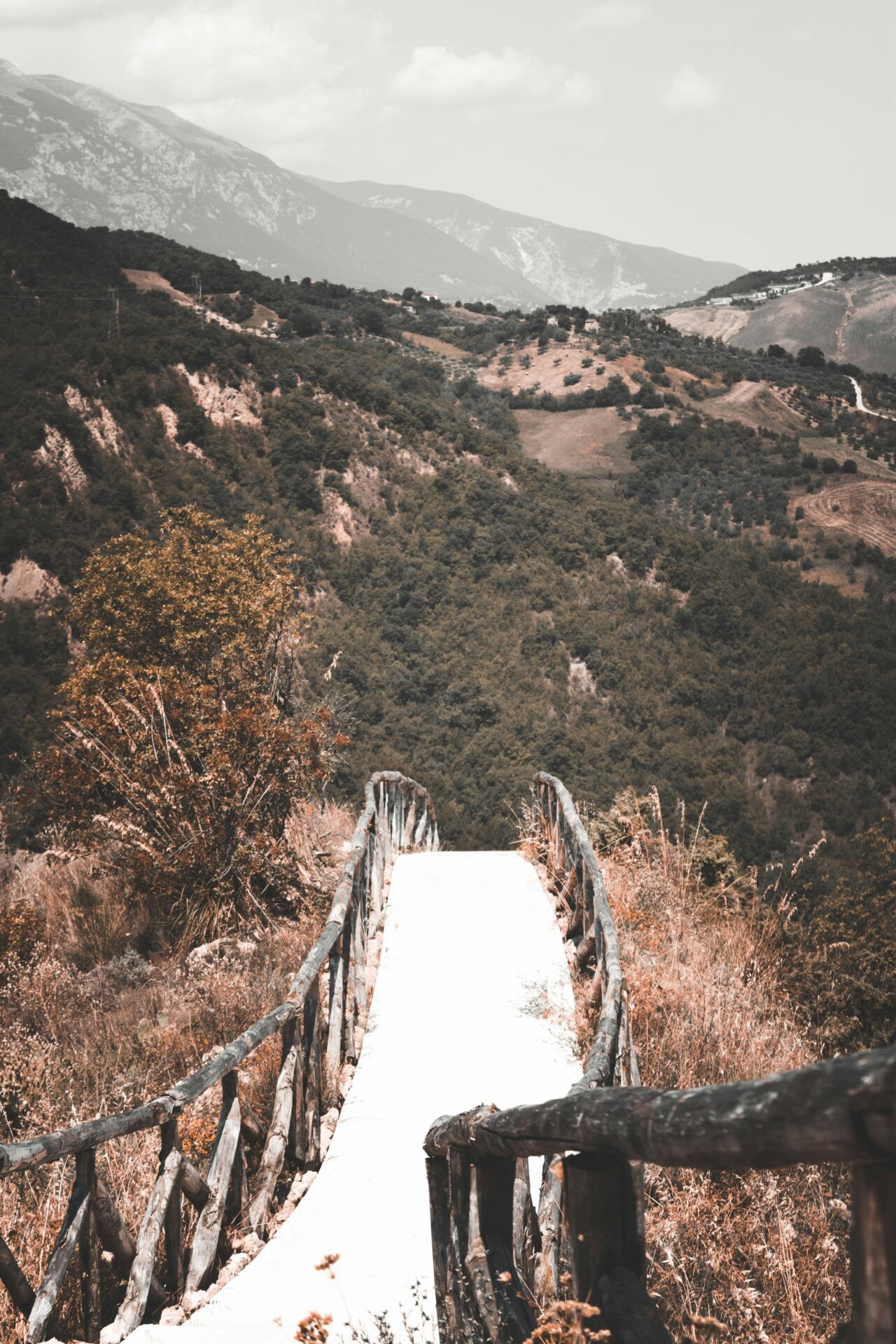
The History Whispering Through the Walls
Standing alone in this medieval fortress, I felt centuries of history surrounding me. The ancient stones seemed to tell stories of kings and queens, battles and banquets, as I wandered through hallways where nobility once walked.
Deciphering Centuries-Old Tales
I traced my fingers along the cool stone walls, imagining the lives that unfolded here. Each scratch and marking tells a story—some from when workers built these massive structures, others from centuries of use and warfare.
Medieval castles weren’t just military strongholds. They served as centers of government, homes for nobility, and bustling communities where hundreds might live and work.
The great hall would have echoed with laughter and music during feasts. Servants rushed through narrow passages while nobles discussed politics by roaring fires. At night, they slept in chambers kept warm by thick tapestries covering drafty walls.
Looking up at arrow slits and defensive features, I realized how brilliantly these structures balanced daily life with military necessity.
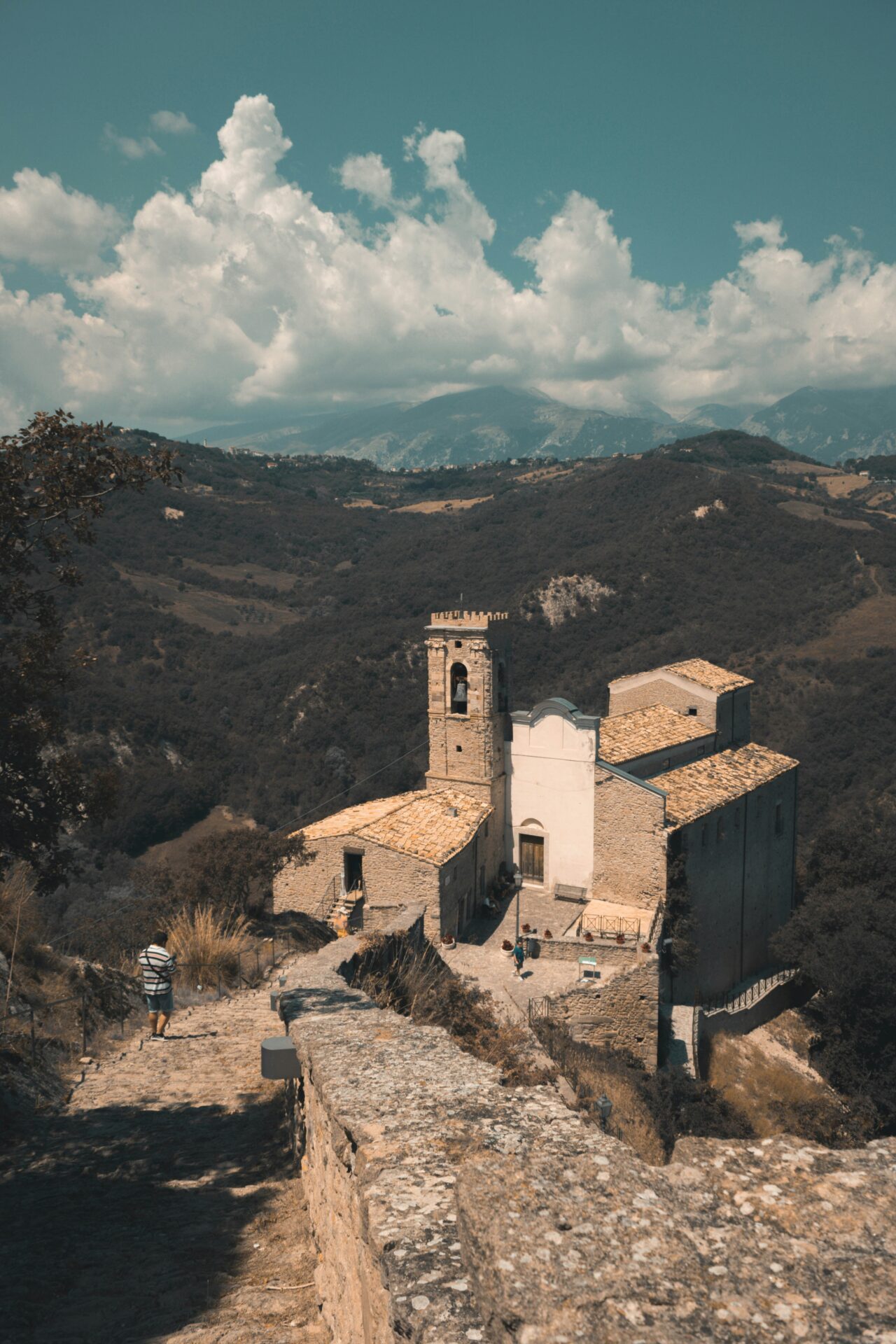
From Motte and Bailey to Stone Fortress
The castle I explored today began, like many English fortifications, as a simple motte and bailey structure after the Norman Conquest. These early defenses featured a raised mound (motte) topped with a wooden tower, surrounded by an enclosed courtyard (bailey).
By the 12th century, Henry II began replacing these wooden structures with stone keeps. These massive square towers provided both improved defense and more comfortable living quarters.
The evolution continued through the medieval period with the addition of curtain walls, round towers, and gatehouses. Each improvement responded to advances in siege warfare.
I marveled at how medieval builders accomplished such feats without modern machinery. The precisely cut stones and soaring walls represent incredible engineering achievements using only human labor and simple tools.
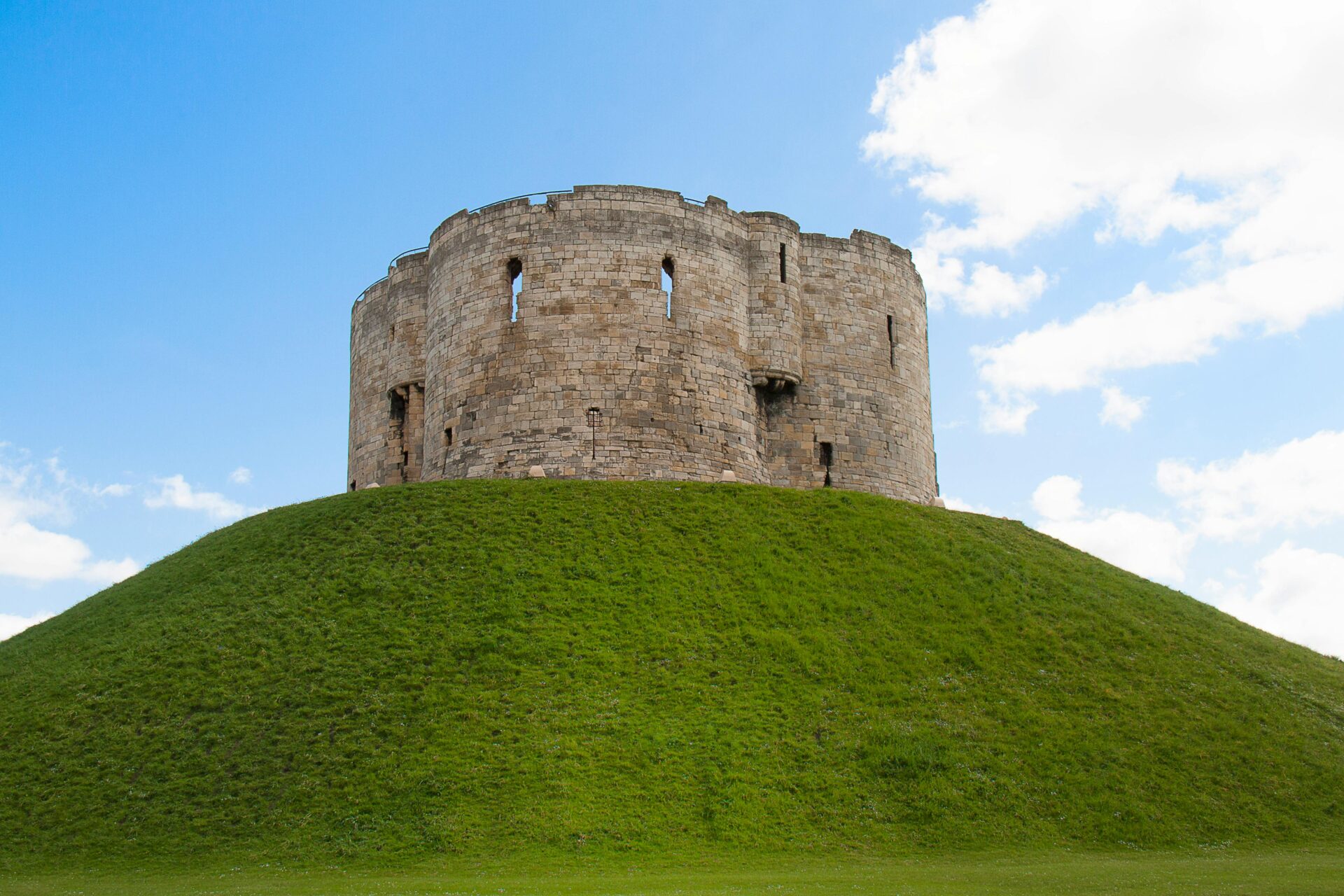
The Domesday Book and Kenilworth Castle
Kenilworth Castle appears in England’s earliest property survey—the famous Domesday Book of 1086. This remarkable record, ordered by William the Conqueror, documented land ownership across his new kingdom.
I stood in what remains of the great tower, built during Henry II’s reign in the 1170s. The massive walls—nearly 20 feet thick in places—demonstrate why Kenilworth was considered nearly impregnable.
The castle witnessed centuries of English history, including a famous siege in 1266 that lasted six months—the longest in English medieval history. Rebels held out against royal forces until starvation forced surrender.
Walking alone through these ruins, I felt connected to everyone who had passed through these same spaces over nearly a thousand years. From Norman knights to Tudor courtiers, each left their mark on these ancient stones.
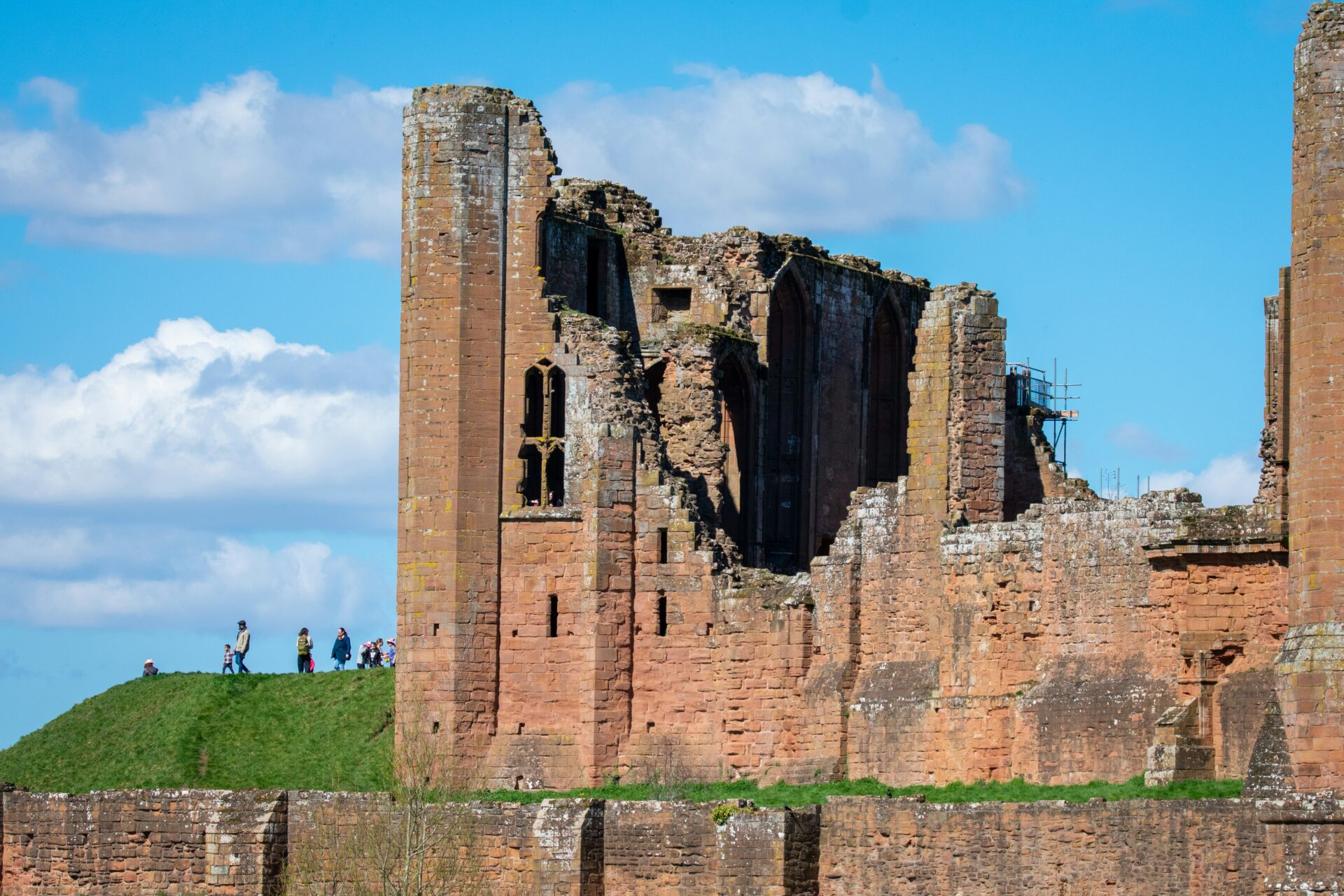
A Traveler’s Guide to Castle Etiquette
Visiting medieval castles requires a blend of respect and caution. These ancient structures have survived centuries of history and deserve our consideration as we explore their magnificent halls and towering battlements.
Respecting the Ruins
When I visit castles, I always remember that I’m walking through living history. Touch only what’s permitted – many castle features are more fragile than they appear. Most sites have clear signage about where you can and cannot go.
Keep your voice down, especially if other visitors are nearby. During my last castle tour, I was grateful when a family quieted their excited children so everyone could hear the guide’s fascinating stories.
Don’t remove anything, not even a small stone or piece of mortar. What seems insignificant to you is part of the castle’s integrity.
Photography is usually allowed, but check if flash is permitted. Strong flashes can damage ancient tapestries and paintings over time.
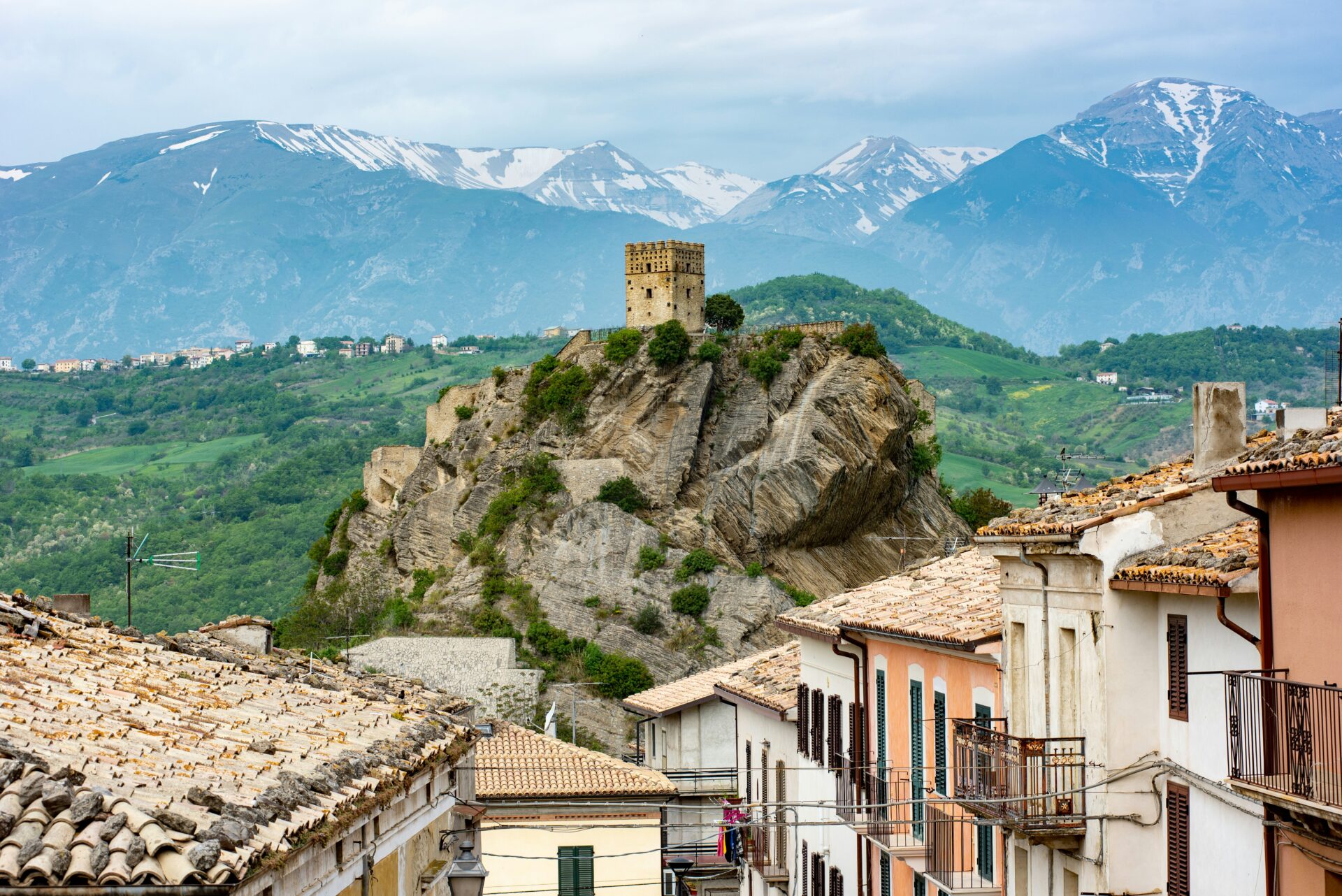
Safety First in Historic Strongholds
Medieval castles weren’t built with modern safety standards in mind! Staircases are often narrow, winding, and worn smooth from centuries of use. I always wear sturdy, non-slip shoes and take my time on stairs.
Watch your head in doorways. People were shorter in medieval times, and I’ve bumped my head more than once on low stone archways.
Keep children close. Battlements and wall walks can have unexpected drops, and young explorers can easily get into trouble.
Stay on marked paths. Wandering off-trail might lead to unstable areas or sections under restoration.
Weather can change quickly, especially at castles perched on hills or near water. I always bring a light jacket and check the forecast before visiting outdoor ruins.

Unearthing the Life of Knights and Nobles
As I wandered through the empty halls, I found myself transported back to medieval times, imagining the daily lives of those who once called this castle home. Knights and nobles lived quite differently than we might expect from fairy tales and movies.
Armor and Shields: Symbols of Bravery
The great hall contained a magnificent display of armor that knights would have worn during the Middle Ages. These weren’t just protective gear—they were symbols of status and bravery. Each piece weighed about 60-70 pounds when fully assembled!
Knights didn’t wear their armor all day. They’d only suit up for battle, tournaments, or ceremonial occasions. Most days, they dressed in simpler clothing while training in the castle grounds.
Shields evolved over time, from simple wooden designs to elaborate metal creations bearing family crests. I spotted several shields with intricate coat of arms that told the story of noble lineages.
Knights began their journey young—typically around age 7—when they would be sent to serve as pages in another lord’s castle, learning manners and basic combat skills.

Mysterious Mazes and Haunted Tombs
The castle’s winding corridors created natural mazes that served both practical and defensive purposes. I found myself getting lost several times despite having a map!
These passages weren’t just confusing for visitors like me—they were designed to slow invaders and provide escape routes for the castle’s inhabitants during sieges.
The family tomb beneath the chapel gave me chills. Stone effigies of knights and nobles lay in eternal rest, their hands folded in prayer. Some locals believe these tombs are haunted by restless spirits.
Noble life centered around the manor system. The economic arrangement of feudalism meant lords controlled vast estates while living in relative comfort compared to peasants.
Bath time was a luxury! Nobles had private baths in their bedrooms, while knights might use communal bathrooms. The castle even had evidence of formal bathhouses, though they likely weren’t used daily.

Experiencing Medieval Delights
During my alone time at the castle, I discovered that history comes alive through the senses. The medieval world revealed itself through flavors and festivities that transported me back in time.
A Taste of Themed Culinary Adventures
The great hall became my private dining room for an authentic medieval feast. I sampled hearty stew served in bread bowls – a practical medieval solution that eliminated the need for washing dishes! The kitchen staff had prepared everything using traditional methods and ingredients available in medieval times.
Mead, a honey-based wine, flowed from a decorative pitcher into my wooden cup. The sweet, slightly spiced flavor paired perfectly with the rustic meal.
Most castle kitchens were bustling centers of activity in medieval times. This one featured an enormous hearth where various dishes slowly cooked over open flames.
My favorite discovery was a trencher – a thick slice of bread used as a plate. After soaking up juices from the meat, it became a delicious end to the meal.

Jousting and Medieval Entertainment
The castle grounds transformed into my personal medieval theme park. I watched skilled performers demonstrate jousting techniques in the same field where knights once trained for battle.
Two actors in period-accurate armor showed me how jousting tournaments worked. They explained that these events were both entertainment and vital military training for medieval knights.
“Most nobles loved stories about King Arthur,” one performer told me as he demonstrated sword techniques. Books about knights and chivalry were prized possessions in castle libraries.
I tried my hand at archery with a traditional longbow. The weight and difficulty of drawing the string gave me new respect for medieval archers.
Musicians played period instruments – lutes, recorders, and small drums – creating an authentic soundscape that echoed through the stone corridors.
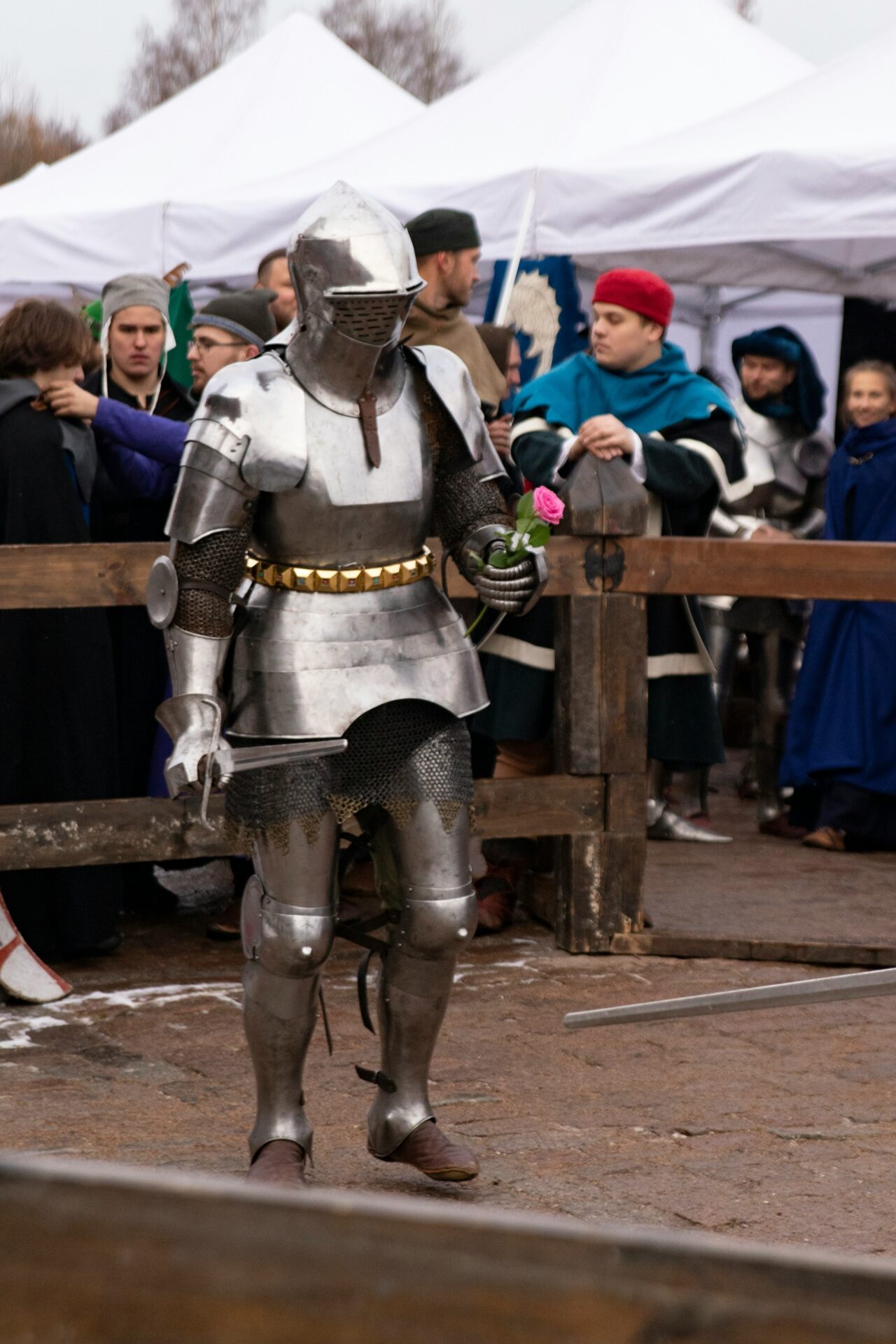
Planning Your Modern-Day Castle Retreat
Finding the perfect castle experience depends on your comfort needs and historical interests. Today’s castle accommodations offer everything from rustic authenticity to luxury amenities.
Choosing the Right Accommodation
Castle stays come in many forms across the UK. I discovered that many historic properties offer overnight accommodations ranging from basic rooms to lavish suites.
In Wales, I found smaller castles converted into boutique hotels that provide intimate experiences with medieval architecture while offering modern comforts. These properties typically include heated rooms and updated bathrooms—amenities the original inhabitants couldn’t imagine!
Some castles operate as B&Bs, giving you access to the grounds during quiet morning hours before day visitors arrive. This was how I managed to have that magical afternoon alone in a medieval fortress.
For the most authentic experience, look for properties that maintain period features while subtly incorporating modern necessities. Check booking policies carefully as many castle accommodations have minimum stay requirements.

Navigating Historical Sites in England and Beyond
England offers the highest concentration of accessible castle sites in Europe. Planning visits during weekdays or off-season (October-March) dramatically increases your chances of enjoying these spaces without crowds.
The English Heritage and National Trust memberships provide excellent value if you’re planning to visit multiple sites. A single annual fee grants access to hundreds of properties.
Many lesser-known castles in northern England and rural Wales receive far fewer visitors than their famous counterparts but offer equally fascinating histories. The staff at these sites are incredibly knowledgeable and eager to share stories.
When visiting, arrive early or late in the day when tour groups have departed. Most sites close the entrance gates 1-2 hours before official closing time, but visitors already inside can often stay longer.

